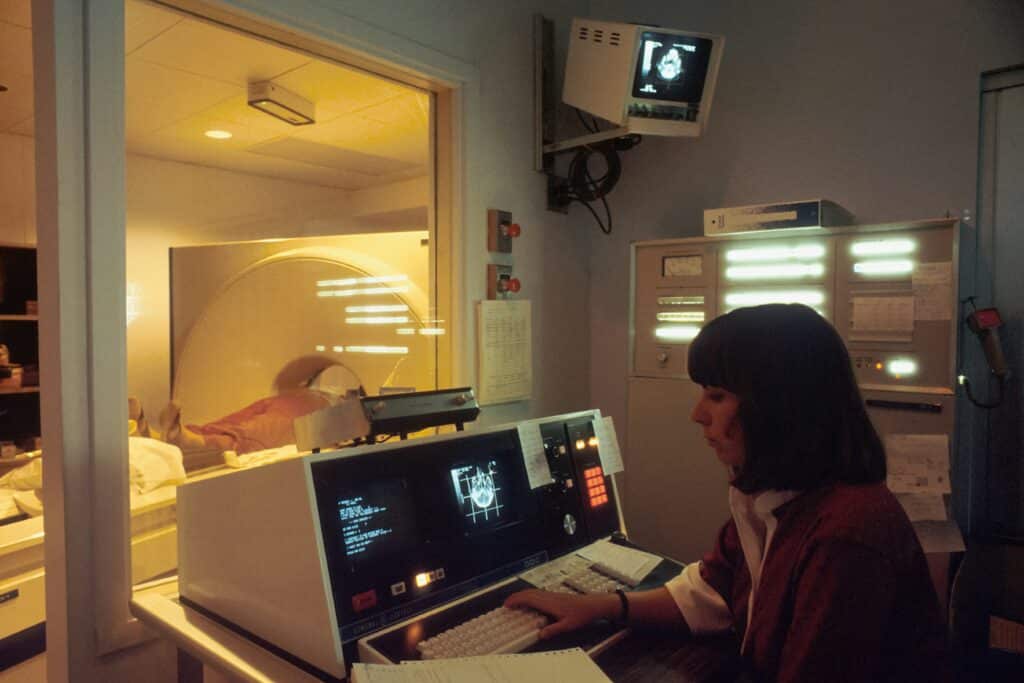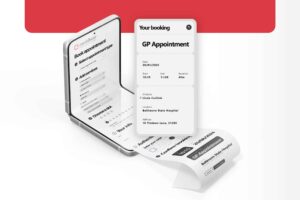Managing large healthcare organisations involves juggling many complex taxes, thousands of patient interactions daily, and mountains of sensitive data. With so many moving parts, relying on outdated processes or fragmented software can quickly lead to operational inefficiencies, staff burnout, and compromised patient care. In fact, inefficient administrative workflows alone contribute to nearly $39 billion in annual additional costs across healthcare providers, directly impacting profitability and the quality of patient services (source: McKinsey). To tackle this, leading healthcare organisations increasingly turn to advanced practice management software. But technology alone isn’t enough. Getting the most out of your practice management software means using it wisely and intentionally, in a way that genuinely supports organisational goals. This article explores 10 essential best practices that large healthcare organisations can adopt to maximise the value of their practice management software, improving patient care, optimising operations, and driving lasting growth.
1. Centralise Your Data Management
Scattered data can become chaotic quickly, especially in larger organisations managing multiple locations or specialities. A centralised practice management system consolidates patient information, scheduling, billing, and clinical data into one secure and easily accessible place. This unification ensures staff always have accurate, real-time information, significantly reducing errors, duplication, and delays.
Centralisation also improves decision-making and allows you to react swiftly to issues such as billing discrepancies or patient follow-ups, greatly improving overall efficiency.
2. Customise Workflows to Your Organisation
Your healthcare organisation is unique, and your practice management software should always reflect that. Rather than adapting your processes to fit rigid software constraints, invest time to tailor workflows specifically to your organisational needs. Whether it’s scheduling, billing, or patient follow-up processes, custom workflows improve clarity, efficiency, and user satisfaction.
This practice also reduces confusion among staff, streamlines routine tasks, and creates smoother operations across large teams.
3. Automate Routine Administrative Tasks
Time-consuming administrative tasks are prime candidates for automation. Appointment reminders, patient check-in processes, billing follow-ups, and insurance verifications can all be automated within your software. Doing so reduces workload pressures on administrative staff, drastically lowers the chance of human error, and frees up valuable resources for tasks requiring human attention.
Automating these routine activities can save hundreds of staff-hours per month in large organisations, directly improving both productivity and profitability.
4. Prioritise Integration with EHR and Other Systems
Disconnected systems are inefficient and costly. Integration between your practice management software, Electronic Health Records (EHR), billing platforms, and other clinical tools creates a cohesive technological ecosystem that reduces redundant data entry, simplifies complex processes, and ensures consistency across your operations.
Integrated systems also improve data accuracy and patient care by allowing your staff more time and energy to engage meaningfully with patients.
5. Invest in Continuous Staff Training
No software can succeed without skilled users. Continuous training ensures your staff are confident and competent using your practice management software. Develop regular training sessions, use vendor-provided resources, and create easily accessible online guides and tutorials for new features.
Remember, software updates regularly, so ongoing training prevents skill decay and maintains staff morale, ultimately boosting software adoption rates.
6. Use Real-Time Analytics and Reporting
Practice management software can provide powerful insights when utilised effectively. Using built-in analytics and reporting tools to monitor patient satisfaction, operational efficiency, and financial performance offers invaluable data. Track KPIs such as appointment no-show rates, billing accuracy, and resource allocation to anticipate and resolve problems quickly.
This proactive approach empowers your organisation to address issues before they escalate, ensuring consistently high-quality patient experiences.
7. Optimise Scheduling for Efficiency and Patient Satisfaction
Efficient scheduling is critical for large healthcare organisations handling hundreds of appointments daily. Advanced scheduling features within your software help manage resources better, reduce waiting times, and prevent staff burnout. Predictive analytics can also help anticipate busy periods and resource needs.
Effective scheduling strategies enhance patient satisfaction, streamline clinic flow, and significantly improve staff morale through more balanced workloads.
8. Strengthen Data Security Protocols
With the volume of sensitive information large healthcare organisations handle, strong data security is non-negotiable. Your practice management software should incorporate comprehensive security measures including multi-factor authentication, encrypted data storage, regular system backups, and stringent access controls.
Regular cybersecurity training sessions for staff further reinforce your defence, helping prevent breaches that can lead to reputational and financial harm.
9. Regularly Audit and Update Your System
Software performance should never be assumed. Conduct regular audits to ensure your practice management software performs optimally, remains compliant with healthcare regulations, and addresses potential vulnerabilities proactively. Regularly scheduled updates with your software provider can also bring new functionalities, addressing changing organisational needs.
Routine system audits minimise downtime, enhance overall reliability, and ensure your practice management solution evolves with your organisational growth.
10. Enhance Patient Communication Tools
Clear communication is foundational to patient satisfaction and effective care delivery. Integrating robust patient communication tools such as patient portals, SMS reminders, and telehealth capabilities within your practice management software ensures your patients remain informed and engaged.
Improved communication reduces missed appointments, improves treatment adherence, and significantly boosts patient retention rates, directly benefiting organisational growth and reputation.
Conclusion
Maximising the value of your practice management software isn’t only about buying the right technology, it’s about using it strategically and consistently. These best practices, from centralising your data and customising workflows, to prioritising integration, continuous staff training, and regular audits, will position your organisation to achieve greater efficiency, enhanced patient care, and sustained growth.





